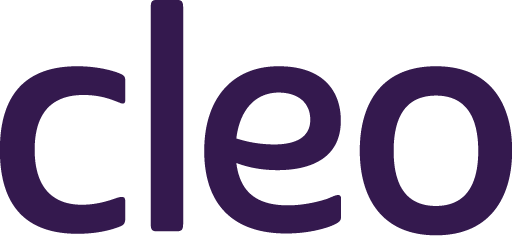Flexibility ranks among the top considerations for employee satisfaction and new job seekers alike. In fact, over a third of parents planning to leave their jobs cited flexibility as a major reason in our most recent national survey. The data are clear: parents will leave companies that don’t offer the flexibility they need. New research from CareerBuilder further validates this takeaway; jobs allowing employees to work from home at least some of the time saw seven times more applications than fully in-person positions.
In our recent Cleo Conversation with Airbnb’s Senior Benefits Manager William Meijer, he named flexibility as one of the top benefits companies can offer. This aligns with Airbnb’s recent announcement that all employees can work remotely from anywhere they want, with Brian Chesky, Airbnb CEO, proclaiming “the future is flexibility.”
What does flexibility mean?
Flexibility in the workplace is rooted in the capacity to bend and adapt to changing needs or challenges. It is the opposite of rigidity.
The workplaces and cultures defined by flexibility are open and allow adjustments to employees’ schedules, work location, and career goals to better empower them to integrate life and work together while enabling companies to meet their business objectives. As noted by Top Workplaces, flexible work arrangements include options for when, where—and how—the work gets done.
Flexibility works best when it is two-sided, meaning that not only are employers adaptable to the needs of their employees, but that employees can likewise adapt to shifting business needs.
Why is flexibility so important?
The Covid-19 pandemic enabled the largest ever case study of remote & flexible work. A two-year study by Great Place to Work® of more than 800,000 employees at Fortune 500 companies found that most people reported stable or even increased productivity levels after employees started working from home. We can likely all agree that remote work isn’t perfect—certain types of work such as brainstorming and team building are much harder via Zoom—however, remote work offers many advantages for the employee (e.g. more time dedicated to work, no commute time) and employer (e.g. hire talent anywhere, lower operating costs).
With the pandemic and more liberty in hiring across the US—or in many cases around the globe— the meaning of “regular work hours” has significantly changed. For many companies there are no longer consistent “work hours,” but rather “prime hours” that overlap among different time zones where employees are located. Such solutions are a great demonstration of flexibility by employers and employees.
The ongoing shortage of child care support and disrupted schedules in schools have also contributed to the need and push for increased flexibility. Employees who want to stay at their jobs have been forced to ask for more flexibility, and the employers who want to retain their talents, to give them what they need. It’s a small but vital step towards driving more equity in the workplace.
How can you offer more flexibility at your company?
There are many opportunities to incorporate more flexible policies and benefits into your culture. Below are five key tactics to begin designing a flexible workplace:
Foster Open Communication
The key to flexibility is communication. It’s critical that employers can identify and communicate with employees about their needs and must-haves. This begins with providing employees the space to openly discuss the intersection of their work and family needs with managers and HR leaders in order to identify any necessary solutions.
Equip your managers, employees, and HR leaders with the right tools
We all know that it’s hard to ask for flexibility. This is all very new to many company’s work cultures. Employees don’t know where to start and managers don’t know how to handle these newer requests.
A benefit like Cleo offers an entire toolbox. Our Career Coaches and Guides can help employees broach and navigate needed conversations with their managers, and with Cleo for Work, we enable managers and HR benefit leaders to incorporate best practices and create inclusive cultures that are supportive to all employees. At Cleo, an emphasis on DE&I is embedded in all of our offerings and having a diverse & inclusive workplace requires flexibility.
Enable alternative scheduling or job sharing
Alternative scheduling allows non-traditional work hours (e.g., not 8 to 5) such as starting earlier or later in the day to avoid the commute or meet school schedule demands. Job sharing enables two employees to share a job that would usually be considered a full-time position for one employee.
Offer freelancer or contract work
Some companies are more open to freelancer and contract work than others. In cultures that are supportive of flexible work, it’s important to consider offering some of the roles in these capacities.
Support remote work or telecommuting
Create a work environment in which working from home (or technically anywhere) is accepted and encouraged. This requires some investment in the tools to enable it, but over two years into the pandemic most companies already have, so it’s more about determining how best to continue supporting a burgeoning remote work culture.
Are you ready to offer a more flexible employee experience to attract and retain top talent? Let Cleo help you design a workplace in which all of your employees can continue to thrive.
